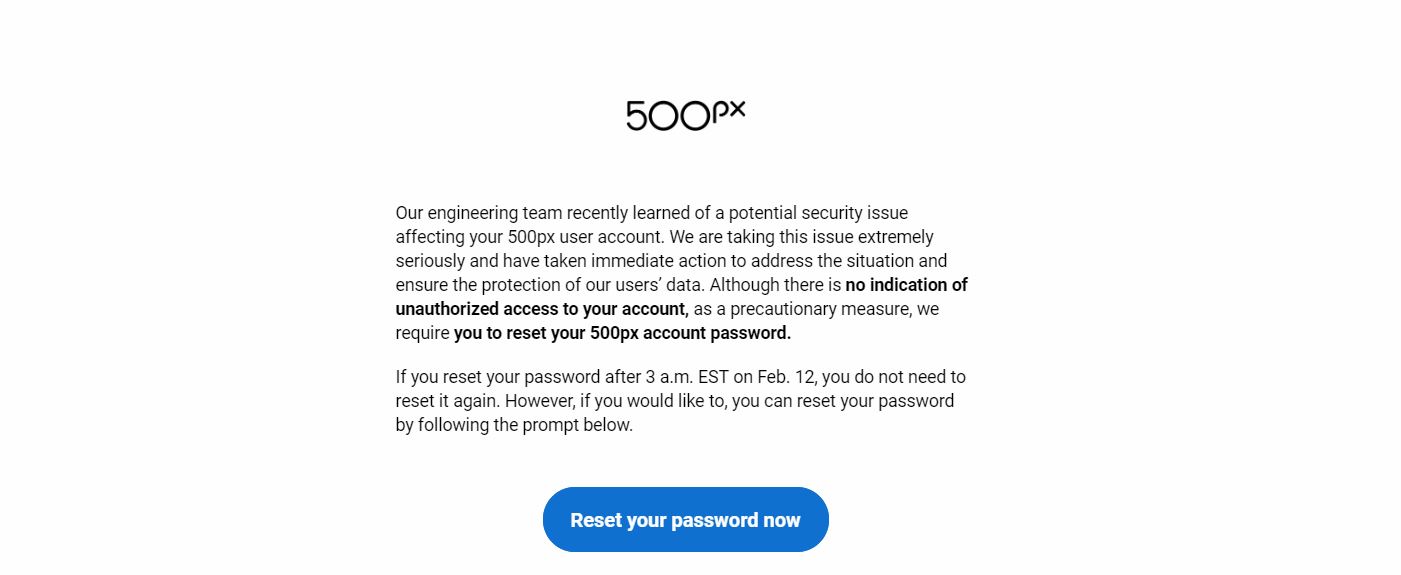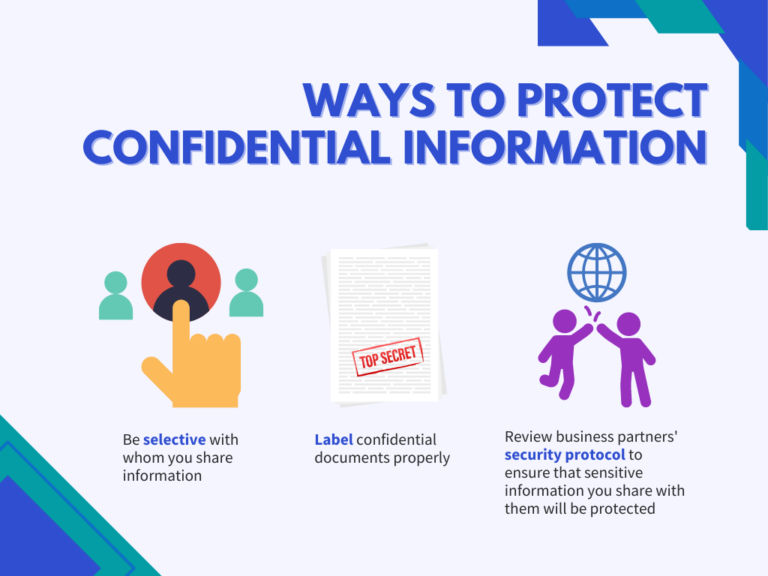The EyeEm data breach has raised significant concerns for photographers who rely on online platforms to showcase and sell their work. Understanding the details of this breach and its implications is crucial for photographers to safeguard their intellectual property and sensitive information. This article discusses the breach itself and offers strategies for photographers to protect their creative assets in the digital landscape.
Understanding the EyeEm Data Breach

The EyeEm data breach occurred when unauthorized individuals gained access to the database containing user information. This compromised data included user names, email addresses, and potentially sensitive financial information. Such incidents are alarming as they expose creators to identity theft and unauthorized use of their work.
Data breaches like the one involving EyeEm illustrate the vulnerabilities present in online platforms. Hackers often employ sophisticated techniques to access user data, which can lead to significant personal and professional consequences for photographers. With their work often hosted on these platforms, photographers can find their images used inappropriately or their intellectual property stolen.
In this digital age, being vigilant about the security of personal and professional information is paramount. Photographers should stay informed about any breaches affecting platforms they use and take immediate action to safeguard their accounts and data. This could involve changing passwords, enabling two-factor authentication, and monitoring for any suspicious activity.
The Impact of Data Breaches on Photographers

Data breaches can have severe repercussions for photographers. Firstly, they jeopardize the safety of personal data, including financial information, communication records, and artistic content. Photographers risk identity theft, which could lead to financial loss and reputational damage.
Moreover, the breach can undermine trust in the platform where photographers share their work. If artists feel their portfolios are not secure, they may seek alternatives, potentially leading to a decline in user engagement on affected platforms. This lack of trust can harm the community as a whole.
Additionally, infringements on copyright can occur when photographers’ work is accessed illicitly following a breach. This can lead to unauthorized use or modification, diminishing the photographer’s control over their creative assets.
Ultimately, the impact of data breaches emphasizes the importance of implementing robust security measures and advocating for stronger protections on platforms that host creative works.
Steps to Secure Your Photography Account

In the wake of the EyeEm data breach, it’s more important than ever to take proactive steps to secure your photography account. Here are some effective measures you can implement:
- Create Strong Passwords: Your password should be a mix of uppercase, lowercase, numbers, and special characters. Avoid using easily guessable information like birthdays or common words.
- Enable Two-Factor Authentication: This adds an extra layer of security. Even if someone gets hold of your password, they won’t be able to access your account without the second form of verification.
- Regularly Update Your Password: Make it a habit to change your passwords periodically—every three to six months is a good rule of thumb.
- Monitor Account Activity: Keep an eye on your account for any suspicious activity. If you notice anything unusual, change your password immediately.
- Keep Personal Information Private: Be cautious about what personal information you share on your photography profiles. Avoid linking accounts that could provide hackers with more information.
Taking these simple yet effective steps can significantly enhance the security of your photography accounts and help you gain peace of mind while sharing your work online.
Best Practices for Online Photo Storage
Storing your photography online comes with its own set of challenges, especially in light of recent data breaches. Here are some best practices to ensure your work stays safe:
| Best Practice | Description |
|---|---|
| Use Reliable Cloud Services: | Choose reputable cloud storage services with strong security measures in place, such as encryption and regular backups. |
| Organize Your Files: | Keep your files organized in clearly structured folders. This not only makes it easy to find your work but can also help with backups. |
| Backup Regularly: | Establish a routine backup schedule. Consider multiple backups on different platforms or external drives. |
| Set Appropriate Permissions: | When sharing your photos, ensure you understand and control the permissions associated with your files. Limit access to only those who need it. |
| Be Wary of Free Services: | While free storage options are tempting, they may lack the best security features. Assess the risks before uploading sensitive work. |
Implementing these best practices will help you protect your online photo storage, ensuring your creative work remains secure and accessible only to you and those you trust.
How to Choose a Secure Photo Sharing Platform
In today’s digital age, choosing the right photo sharing platform is crucial for photographers who want to protect their work. With so many options available, how do you know which one will keep your images safe from unauthorized use and data breaches? Here are some key factors to consider:
- Encryption: Ensure the platform uses strong encryption methods for both stored files and during transmission. This protects your images from being intercepted.
- User Permissions: Look for platforms that allow you to control who can view, download, or share your photos. Customize access levels to keep your work private.
- Regular Security Audits: A reputable service should conduct regular security audits and provide transparency about their findings. This shows they prioritize data security.
- Backup Options: Check if the platform offers automatic backup features. Regular backups can save your work from being lost due to technical issues or breaches.
- Two-Factor Authentication: Opt for platforms that support two-factor authentication. This adds an extra layer of security to your account.
- Reputation: Research the platform’s history. Have they experienced past data breaches? What actions did they take afterward? User reviews and ratings can offer valuable insights.
By keeping these aspects in mind, you’ll be better prepared to choose a secure photo sharing platform that not only showcases your talent but also protects your work from potential threats.
Legal Implications of Data Breaches for Photographers
When it comes to data breaches, photographers need to be aware of the potential legal implications that can arise. A data breach not only jeopardizes your creative work but may also lead to complex legal challenges. Here are a few important points to consider:
- Intellectual Property Rights: Data breaches can result in unauthorized access to your images, making it easier for others to misuse them. This can complicate your ability to enforce your rights as the copyright holder.
- Liability Concerns: If the platform you use suffers a breach, they may have liability to you under various laws. However, if negligence can be proved on your part (like using weak passwords), you might share some blame.
- Data Protection Laws: Depending on your location, you may be subject to specific data protection laws like GDPR or CCPA. Understanding these laws is essential, as they can impose significant duties and penalties.
- Potential Lawsuits: If a breach occurs and sensitive customer data is exposed, it may lead to lawsuits against the platform. As a photographer, if your work is compromised, you might also consider legal action depending on the circumstances.
- Reputation Damage: Beyond legal ramifications, a data breach can harm your professional reputation. Clients may hesitate to engage with a photographer who doesn’t take data security seriously.
Ultimately, being proactive about your online security can help mitigate these risks. Always stay informed about your rights and consider consulting with legal professionals specializing in intellectual property and data protection for tailored advice.
Monitoring and Responding to Potential Threats
In the aftermath of a data breach, it’s vital for photographers to stay vigilant. Monitoring for potential threats isn’t just a one-off task—it should be an ongoing part of your workflow. Here are some strategies to help you keep an eye out:
- Regularly Check Your Accounts: Make it a habit to log into your accounts frequently. Look for any unfamiliar activity, such as unauthorized logins or changes in your profile.
- Enable Security Alerts: Activate two-factor authentication (2FA) if it’s available. This extra layer of security will notify you in real-time about potential logins or changes.
- Monitor Your Portfolio: Keep an eye on where and how your work is being used online. Services like Google Images can help you track unauthorized usage.
- Use a VPN: This adds a layer of security when you are accessing your accounts over unsecured networks, especially in public spaces.
- Stay Informed: Follow tech blogs, news outlets, or security forums that cover data breaches and cybersecurity news. The sooner you are aware of a threat, the better you can respond.
If you suspect a breach has occurred:
- Change your passwords immediately. Use strong, unique passwords for each service.
- Notify your contacts. Inform clients and peers that you might have experienced a breach, especially if personal data is involved.
- Report the breach. If it’s a significant issue, report it to the service provider and any relevant authorities.
Staying proactive will not only help you respond effectively but also safeguard your future work.
Resources for Photographers Affected by Data Breaches
Experiencing a data breach can feel overwhelming, but you’re not alone. There are numerous resources out there tailored for photographers facing these challenges. Here’s a quick guide on where to turn for help:
1. Insurance and Legal Guidance
Check if your insurance policy includes data breach coverage or consult with a legal expert who specializes in cyber law. They can provide advice specific to your situation and help you understand your rights.
2. Online Security Tools
- Identity Theft Protection Services: Programs like LifeLock or IdentityGuard can monitor your personal information and alert you to any suspicious activity.
- Backup Solutions: Use services like Backblaze or Carbonite to ensure that your work is backed up securely and can be retrieved if lost.
3. Photography Communities
Consider joining photography forums or groups where you can share your experiences and get advice from fellow photographers. Platforms like Reddit’s /r/photography or dedicated Facebook groups can be invaluable.
4. Government Resources
In many countries, government websites offer guidance on how to handle data breaches. For instance, the Federal Trade Commission (FTC) in the United States provides a handy guide on privacy and security.
Remember, while a data breach can have serious implications, leveraging available resources can help you recover more quickly and protect your future work.
EyeEm Data Breach and How Photographers Can Protect Their Work
The recent EyeEm data breach has raised significant concerns within the photography community. EyeEm, a popular platform for photographers to showcase and sell their work, suffered a security incident that potentially exposed user data, including personal information and uploaded photos. This situation underscores the importance of cybersecurity for photographers who rely on online platforms to share their art. Here’s how photographers can protect their work in light of this event:
Understanding the EyeEm Data Breach
The EyeEm data breach occurred due to vulnerabilities in its security infrastructure. While the exact details of the breach are still unfolding, the following information may have been compromised:
- Usernames
- Email addresses
- Password hashes
- Uploaded images and metadata
Steps Photographers Can Take to Protect Their Work
In order to safeguard their artistic creations and personal information, photographers should consider the following strategies:
| Protection Strategy | Description |
|---|---|
| Use Strong Passwords | Create unique, complex passwords for each platform to prevent unauthorized access. |
| Enable Two-Factor Authentication (2FA) | Activate 2FA wherever available to add an extra layer of security. |
| Regularly Update Software | Keep your devices and applications updated to protect against vulnerabilities. |
| Be Cautious with Public Wi-Fi | Avoid accessing sensitive accounts over public networks. |
| Watermark Your Images | Add watermarks to your photographs to deter unauthorized use. |
In conclusion, while the EyeEm data breach highlights the vulnerabilities in online platforms, photographers can take proactive steps to safeguard their work and personal information. By implementing secure practices and remaining vigilant, they can ensure their creative output remains protected in an increasingly digital world.


